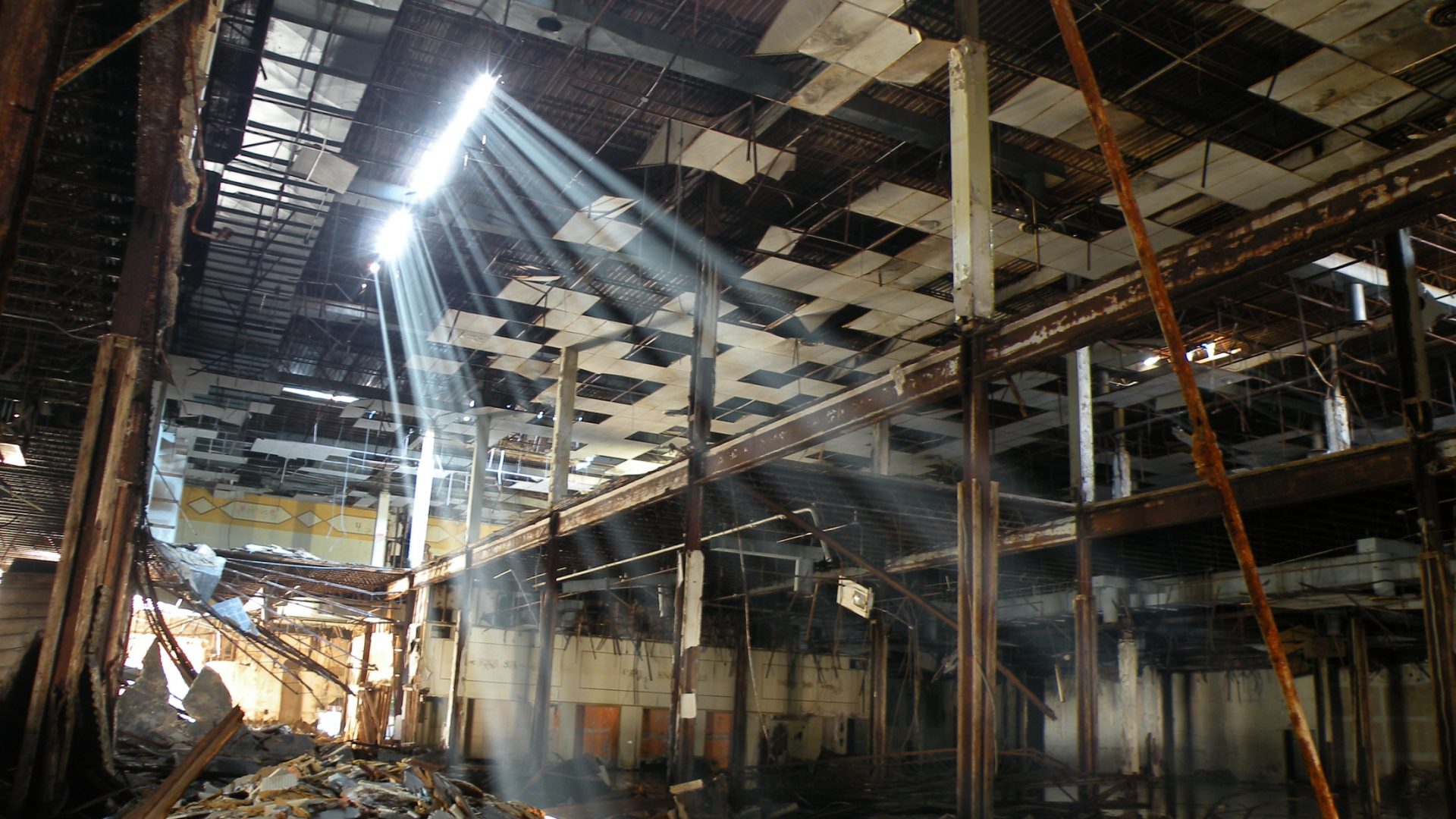| Origins | Annexed c. 1889 |
|---|---|
| Area | Far Southeast Side |
| Boundaries | 130th then up just west of Torrence Ave to the Calumet River then down the tracks heading back south until the split around 130th and Burley then heading back north along the tracks by Burley Ave to 117th then going across 117th to Avenue O then Avenue O to 116th St wrapping all around 116th to 112th all as the northern boundaries. The southern border is too difficult for me to explain but I can say it is just north of the Burnham Pumping Station. The east boundary if the Indiana/Illinois state line. The west boundary is the Bishop Ford Expressway to 130th then up to Torrence Ave. It is recommended to just Google Map the area and see these jagged boundaries because it is very hard to explain these borders. |
| Gangs headquartered | King Cobras, |
The Hegewisch community was first settled by Potawatomi Natives. In the year 1837 the area became annexed as a part of Hyde Park Township. When the Potawatomi left the area in 1847 scattered farmers settled the lands and some even worked on the railroad lines. (Fact source, https://kids.kiddle.co/Hegewisch,_Chicago) For the next few decades this area was just barren land with scattered settlement.
It was not until the year 1883 that solid plans were made to grow this area into a village that was to house 10,000 residents. This was all the idea of Adolph Hegewisch that planned the build a “working man’s community.” Since he was the President of U.S. Rolling Stock Company, he wanted to build two canals that would attract industry to the area; however, his plan failed as only about 500 people moved to this area by 1885. (Fact source, http://www.encyclopedia.chicagohistory.org/pages/577.html#:~:text=In%201889%2C%20Hegewisch%20was%20annexed,mills%20in%20and%20around%20Hegewisch.)
In the year 1889, this community was annexed into the city of Chicago. Shortly after, Adolph Hegewisch passed away and his Rolling Stock Company became part of Pressed Steel Car Company. Joseph H. Brown then took over trying to develop this area by bringing steel mills to the area. This brought a migration wave of Irish, Swedish, Polish, Yugoslavian and Czechoslovakian migrants. (Fact source, http://www.encyclopedia.chicagohistory.org/pages/577.html#:~:text=In%201889%2C%20Hegewisch%20was%20annexed,mills%20in%20and%20around%20Hegewisch.)
By the 1930 census, Hegewisch now had almost 7,900 residents, most of which were Polish migrants. (Fact source, http://www.encyclopedia.chicagohistory.org/pages/577.html#:~:text=In%201889%2C%20Hegewisch%20was%20annexed,mills%20in%20and%20around%20Hegewisch.) The Great Depression caused population loss as residents could no longer afford to commute to work. During World War II new industry with the war effort helped bring more prosperity to the area, then by the late 1950s a housing boom occurred then another in the 1960s. Hegewisch became home to working class workers, policemen and firemen. (Fact source, https://www.hegewisch.net/short_history.html)
In the 1970s the steel industry nearby began to suffer which caused a population decline during these years that would soar by the 1980s. Mexican migration then arrived in Hegewisch starting in the 1980s as the European population began leaving for the suburbs.
From what I know of there has been no real racial strife in this community and it is a fact that newly arrived Mexican people became heavily involved with the community which brought about a smooth assimilation; therefore, there hasn’t been much of a need for gang activity.
The only reason for me doing a piece on Hegewisch is that one gang that I know of had settled in these borders in response to the threat of surrounding street gangs in more battle-hardened communities nearby. The King Cobras arrived here at some point in time to keep Latin Kings and Latin Counts out of this area. I do not know when King Cobras arrived or when they left. The King Cobras were founded in the South Deering neighborhood, and they may have arrived here after they left South Deering. The King Cobras then moved to Indiana.
No gangs have ever really dominated this area, or you could just say it was the King Cobras. Hegewisch has been and still is one of the safer communities in Chicago with very low crime rates.
King Cobras
133rd & Avenue L (Chopper City)
133rd & Burley
